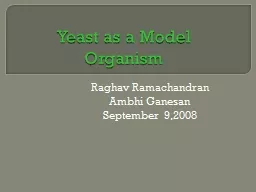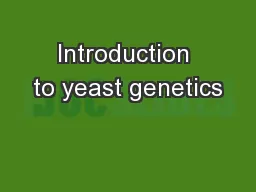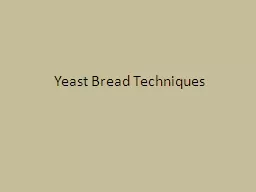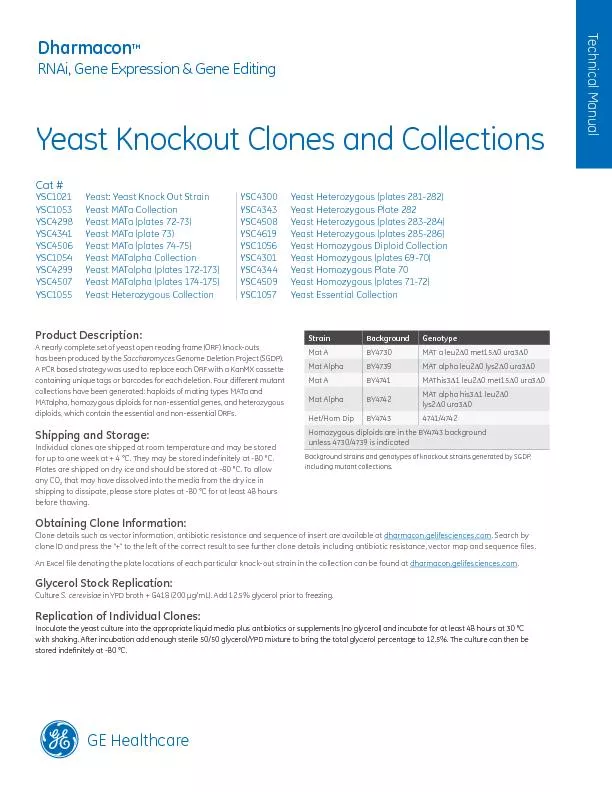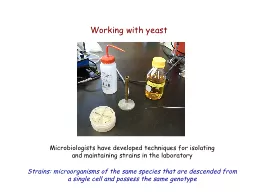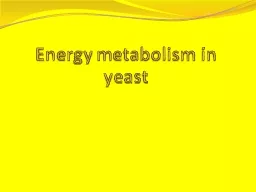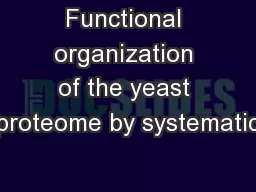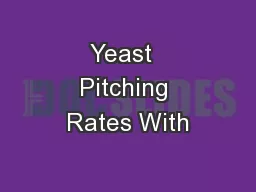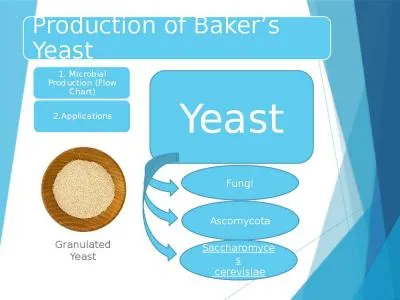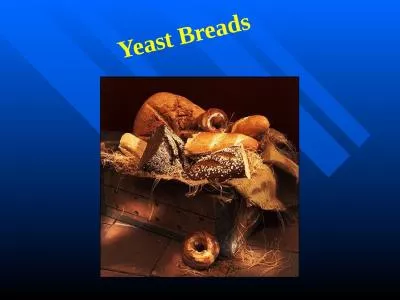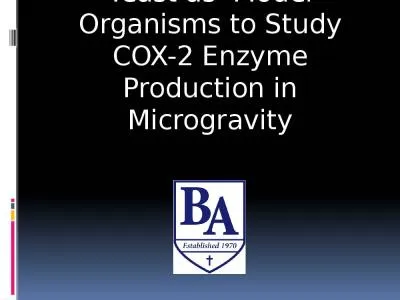PPT-Yeast as a Model Organism
Author : unisoftsm | Published Date : 2020-08-29
Raghav Ramachandran Ambhi Ganesan September 92008 A model for life science research Test out various hypotheses on a smaller scale Saves time and money Practically
Presentation Embed Code
Download Presentation
Download Presentation The PPT/PDF document "Yeast as a Model Organism" is the property of its rightful owner. Permission is granted to download and print the materials on this website for personal, non-commercial use only, and to display it on your personal computer provided you do not modify the materials and that you retain all copyright notices contained in the materials. By downloading content from our website, you accept the terms of this agreement.
Yeast as a Model Organism: Transcript
Download Rules Of Document
"Yeast as a Model Organism"The content belongs to its owner. You may download and print it for personal use, without modification, and keep all copyright notices. By downloading, you agree to these terms.
Related Documents

